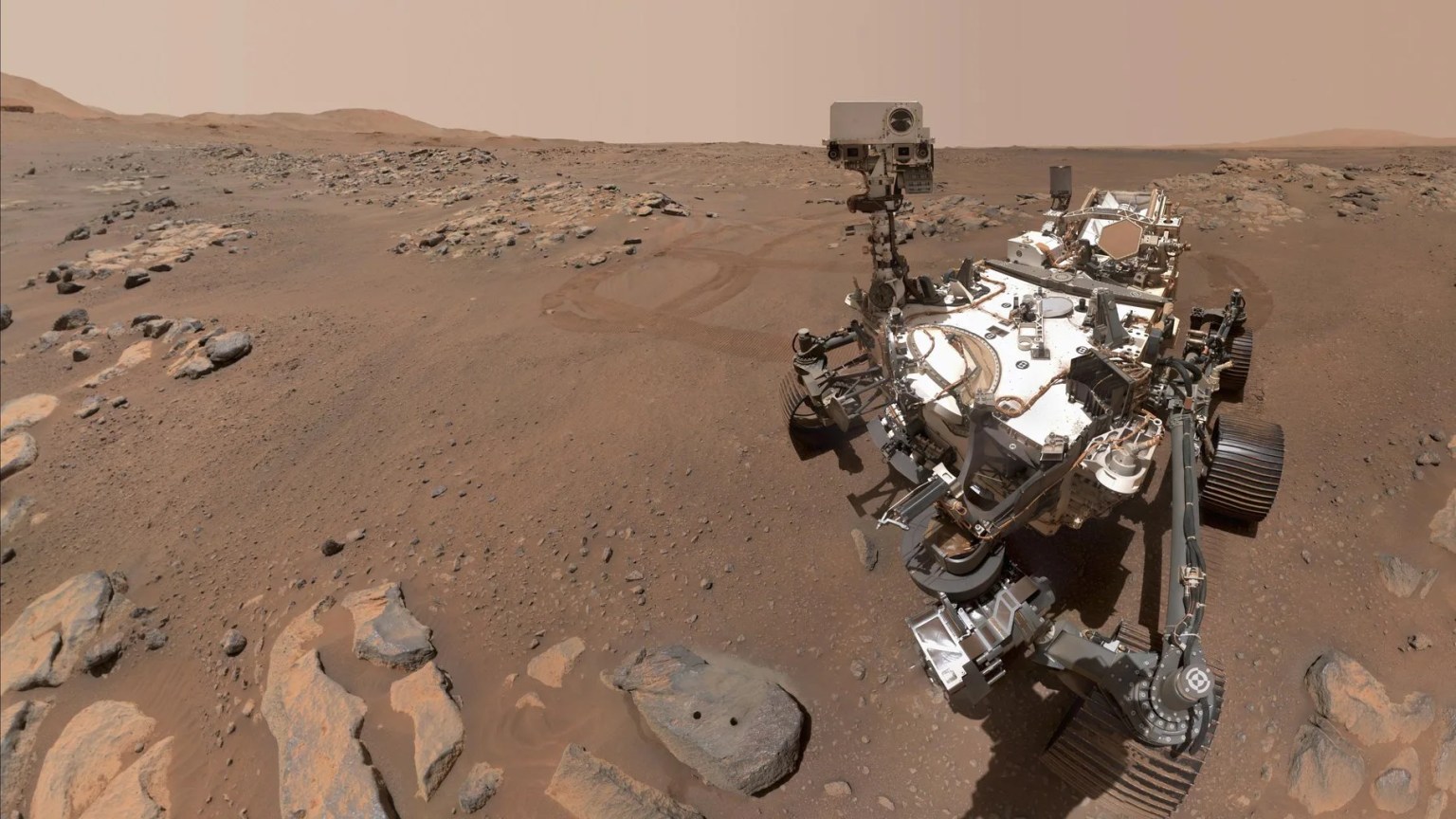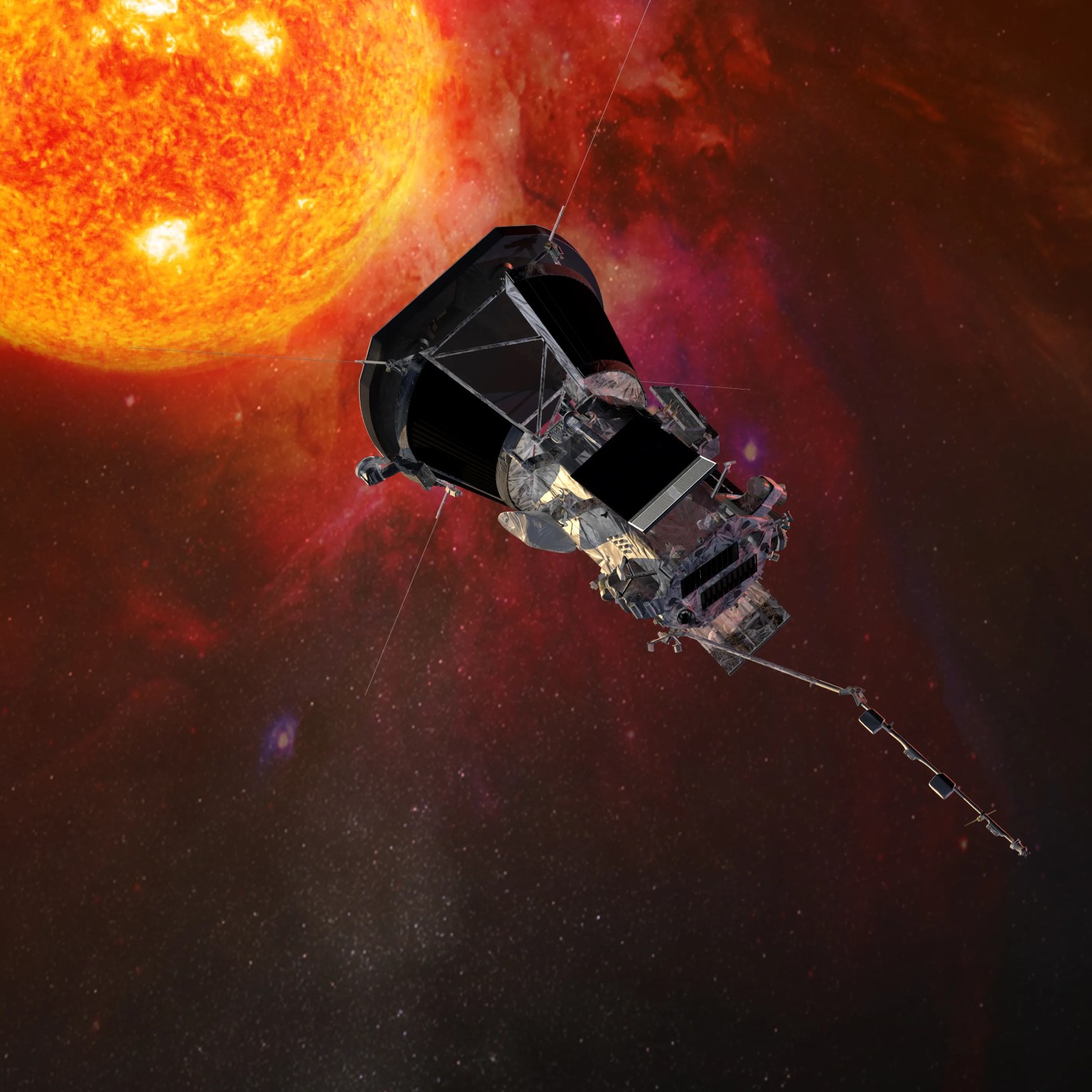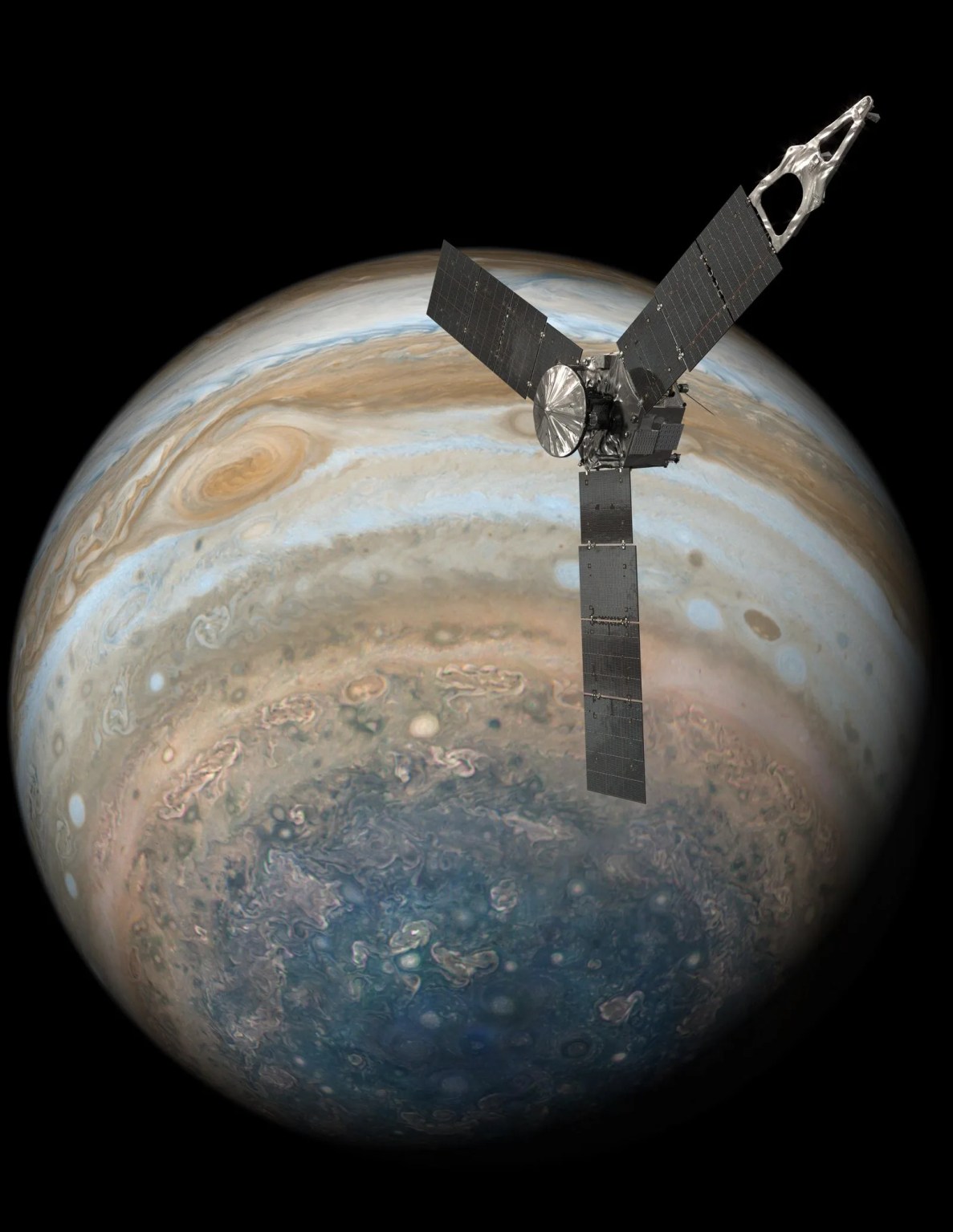Archived 2024 FAQ
This was the FAQ for ROSES-2024. For the current FAQs on the current ROSES see https://science.nasa.gov/researchers/sara/faqs
What's new in ROSES-2024? How does it differ from prior ROSES?
ROSES-2024 may be found at https://solicitation.nasaprs.com/ROSES2024 starting on February 14, 2024. The following significant changes occurred since last year's ROSES solicitation:
- Currently, SMD does not prohibit the use of Generative Artificial Intelligence (AI) tools, such as ChatGPT, or professional human writers in the preparation of proposals or required award reports. In general, though, SMD discourages the unacknowledged inclusion of any content in proposal materials or award reports that is not the creative product of the proposal team. NASA holds proposers and award recipients responsible for the accuracy and authenticity of their proposal submission and award reports, including content developed with the assistance of Generative AI tools or professional human writers.
Any material contained in proposals or in reports to NASA that is not the product of the team must be cited in the references section, e.g., either the name of the professional writer and a statement describing to which portions of the document they contributed or, if AI is used, the name of the program, version number, the date and time, and a statement on how the Generative AI was used. For more information see https://science.nasa.gov/researchers/sara/faqs/#faq-32. - TBDs are longer in ROSES-24. Our longstanding practice of very short, e.g., one paragraph TBD placeholders were not very informative to those who were not already familiar with the program so, where possible, the TBD placeholders are longer. Perhaps an extreme example, the TBD placeholder for the graduate student research opportunity ROSES-24 F.5 Future Investigators in NASA Earth and Space Science and Technology (FINESST) is 24 pages long; it’s basically the full text, except for the "Ancillary information" which are Appendices/FAQs. The motivation to provide what is essentially draft text is strong in that case because it's one of the programs that will change to Dual-Anonymous Peer Review (DAPR) for the first time in ROSES-24. FINESST proposals have non-standard sections (e.g., Research Readiness Statement, Mentorship plan) so having the word out that it will be DAPR gives potential proposers more time to prepare.
- Last year, by amendment subsection (ii) "Collision Avoidance / Conjunction Assessment Requirements" was added to Section VIII(b) of the ROSES Summary of solicitation. This new requirement applies only to investigations for which all three bullets at the top of Section VIII(b)ii the ROSES Summary of Solicitation are true (i.e., Free fliers, orbital or beyond, owned, developed, or operated by NASA or a contractor)
- The use of Dual-Anonymous Peer Review (DAPR) continues and increases. We estimate that in ROSES-2024, more than 30 program elements will employ DAPR. Any program element that that uses DAPR will say so clearly in the program element text and provide instructions on how to prepare proposals for DAPR. See https://science.nasa.gov/researchers/dual-anonymous-peer-review for more information on DAPR.
Inclusion Plan pilot program: ROSES-2024 will continue the uniform and consistent approach to inclusion plan requirements, placing the instructions in Section IV(e)ii of the Summary of Solicitation. We estimate that more than a dozen programs in ROSES-2024 will require an Inclusion Plan. Inclusion plans will not contribute to the adjectival ratings or selection recommendations. Any program element that that requires an inclusion plan will say so clearly in the program element text.- Update: As of October 1, 2024, default NASA guidance for proposers is in the NASA Grant and Cooperative Agreement Manual (GCAM) (which replaced the NASA Proposer’s Guide). Please note that regarding instructions for proposers, the ROSES solicitation takes precedence over the default Agency guidance in the GCAM. See FAQ#2.
We anticipate that the 2024 version of The NASA Proposer’s Guide will soon be posted athttps://www.nasa.gov/grants-policy-and-compliance-team/#Regulations. Assuming it's released in advance of the first ROSES-24 due date, the 2024 version of the Guidebook will be the one that applies to all ROSES-2024 proposals. Until then, refer to the 2023 version. - F.2 Topical Workshops, Symposia, and Conferences (TWSC) became a stand-alone solicitation separate from ROSES in the summer of 2023, see NNH24ZDA002N.
Other things of note:
- The restrictions involving China persist, please see https://science.nasa.gov/researchers/sara/faqs/prc-faq-roses/
- The NSPIRES cover pages now provide more configurable rows in Section F for listing separately funded Co-Is at government labs and subawards, see https://science.nasa.gov/researchers/sara/how-to-guide/nspires-cslabor/
- At the time of release of ROSES-2024 2 CFR 200 is currently hosted here. Changes to 2 CFR 200 are anticipated in the coming year. When that occurs, ROSES will be updated as needed.
- National security presidential memorandum 33 (NSPM-33) on national security strategy for U.S. government supported R&D means that proposers (and reviewers) will almost certainly have to provide additional biographical information once the requirements have been finalized. For more information see the NSPM-33 implementation guidance [pdf].
There have been changes to the program elements within ROSES:
In Appendix A (Earth Science), new program elements include: 1) A.21 Tropospheric Emissions Monitoring of Pollution (TEMPO) Science Team 2) A.31 Earth Science Imaging/Sounding Data Analysis from Earth Observing System to Earth System Observatory, that combines what was previously Terra/Aqua/S-NPP/JPSS, 3) A.32 that combines the previously separately solicited Precipitation Measurements Mission and Cloudsat/CALIPSO science team, and 4) A.59 New or Modified GLOBE Protocols. Some programs in Appendix A strongly encourage proposers to use the Earth Science standard templates for the Table of Work Effort and Current and Pending Support at https://science.nasa.gov/researchers/templates-for-earth-science-division-appendix-a-roses-proposals.
In Appendix B (Heliophysics), this year one program element, B.15 Heliophysics Innovation in Technology and Science, accepts proposals at any time without any preliminary statement such as a Notice of Intent. Proposals will be evaluated quarterly. most program elements use a "binding" two-step proposal submission process, see Section IV(b)vii. Proposers are strongly encouraged to use the standard Heliophysics template for the Current and Pending Support and the Open Science and Data Management plan, see https://science.nasa.gov/researchers/templates-heliophysic-division-appendix-b-roses-proposals.
In Appendix C (Planetary Science) the new program element is C.25 Lunar Mapping Program and Precursor Science Investigations for Europa is returning as C.22. C.4 PDART and C.11 DDAP now place the Open Science and Data Management Plan (OSDMP) in a separate two-page section, following the ROSES default. C.11 Discovery Data Analysis (DDAP) does not request budgets with the proposal, just cost category (small, medium, or large); budgets will be requested later for selectable proposals. C.12 PICASSO will be implementing DAPR for the first time in ROSES-24. All proposals to Appendix C are strongly encouraged to use the planetary science template for Table of Personnel and Work Effort and proposals requiring an OSDMP are strongly encouraged to use the PSD OSDMP template. Both templates may be downloaded from: https://science.nasa.gov/researchers/templates-planetary-science-division-appendix-c-roses-proposals. Additionally, to increase clarity and accessibility, information pertaining to the majority of the programs in Appendix C has been moved into C.1 Planetary Science Research Program Overview. Proposers are advised to read C.1 in its entirety to ensure that they have the necessary information to be compliant with their proposal submission. Additionally, to increase clarity and accessibility, information pertaining to the majority of the programs in Appendix C has been moved into C.1 Planetary Science Research Program Overview. Proposers are advised to read C.1 in its entirety to ensure that they have the necessary information to be compliant with their proposal submission.
In Appendix D (Astrophysics), two new TBD program elements that may be solicited this year include D.18, Euclid General Investigator (GI) program and D.19 Astrophysics Habitable Worlds Observatory System Technologies. The latter is related to but distinct from ROSES-2023 D.19 Critical Technologies for Large Telescopes, which has proposals due April 3, 2024. In a change from prior years, D.2 ADAP does not request budgets with the proposal, just cost category (small, medium, or large); budgets will be requested later for selectable proposals.
In Appendix E (Biological and Physical Sciences), the Decadal Survey released in the Summer of 2023 has resulted in some changes. At the time of release of ROSES, NASA plans that at least two program elements will evaluate proposals using DAPR. Space Biology plans to solicit animal and plant research as two separate program elements and, other than E.8 Physical Sciences Informatics (PSI), the details of the other programs will depend on the BPS response to the recently released decadal survey. PSI will be released in the fall.
Appendix F (Cross-Division) the new program element is Economic, Social and Policy Analyses of Lunar Surface Sustainability in F.21. There are several other changes: Supplement for Scientific Software Platforms has been merged into F.8 Supplement for Open-Source Science. Transform to Open-Science Training has been retired, but requests for development of training material may be submitted to F.14 High Priority Open-Source Science. F.3 Exoplanets Research now places the OSDMP in a separate two-page section, following the ROSES default.
Keeping Track of Changes to ROSES:
ROSES has ~100 active program elements in any given year and many start as drafts or TBD placeholders and final text and due dates are released later in the year. Sometimes unanticipated programs are added, and corrections and clarifications of existing program elements are not unusual. To learn of the addition of new program elements and all amendments to this NRA, proposers may:
- Subscribe to the SMD mailing lists (by logging in at https://nspires.nasaprs.com/ and checking the appropriate boxes under "Account Management" and "Email Subscriptions").
- Get automatic updates of due dates using the ROSES-2024 due date Google calendar. Instructions will be available shortly after release at https://science.nasa.gov/researchers/sara/library-and-useful-links (link from the words due date calendar).
- Check the ROSES-2024 Blog at https://science.nasa.gov/researchers/sara/grant-solicitations/roses-2024/
A note about ROSES overlap: This FAQ is about ROSES-2024, which was released February 14, 2024, but the first (full/Step-2) proposal due dates are not until May. In the meantime, ROSES-2023 is still open, the last ROSES-23 due dates are still to come, which can cause some confusion. If you follow the link to ROSES-24 B.16 Heliophysics Artificial Intelligence/Machine Learning-Ready Data and are surprised that the due date is a year away or if you can’t find A.67 Earth Action: Supporting Climate Resilient Communities (CRC) in ROSES-2024, that’s cause you are looking at the wrong ROSES, A.67 CRC (due early May 2024) is in ROSES-23. Make sure that you are looking at the right Table of Due Dates, check the year at the top, e.g., https://solicitation.nasaprs.com/ROSES2023table3 is for ROSES-23 and https://solicitation.nasaprs.com/ROSES2024table3 is for ROSES-24.
Finally, if you are looking for the FAQ for ROSES-2023 (e.g., because you are preparing a proposal for one of the ROSES-2023 program elements due in early calendar 2024) you may view the archived ROSES-2023 FAQ at https://science.nasa.gov/researchers/sara/faqs/archived-2023-faq/.




























